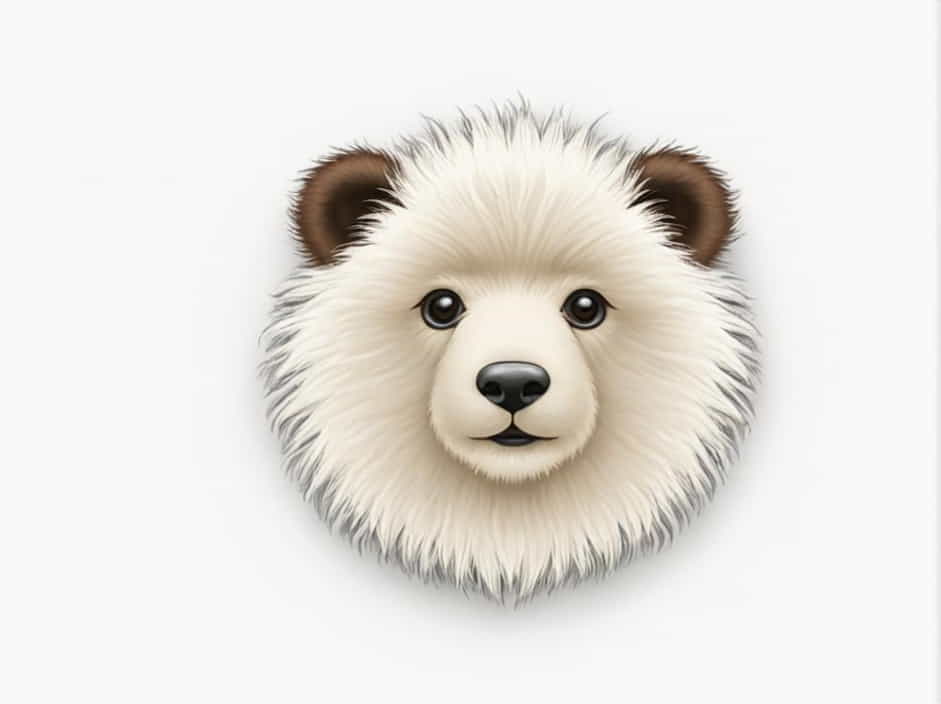The Karakul sheep is one of the oldest and most distinctive sheep breeds in the world. Known for its silky fur, especially in young lambs, the Karakul has been highly valued for centuries. This unique wool is used in fashion, textiles, and traditional crafts.
In this topic, we will explore the characteristics of young Karakul fur, its uses, and why it remains one of the most sought-after types of wool.
What is Karakul Wool?
Karakul wool comes from the Karakul sheep, a breed native to Central Asia, particularly in regions like Uzbekistan, Turkmenistan, and Afghanistan. This breed is known for its curly, soft, and silky fleece, which varies in texture as the sheep age.
Characteristics of Karakul Wool
- Silky and soft: The wool of young Karakul lambs is exceptionally smooth and shiny.
- Curly or wavy texture: The curls give it a unique appearance, making it ideal for luxurious textiles.
- Natural colors: Karakul wool comes in shades of black, silver, brown, and gray.
- Durable and warm: It provides excellent insulation while remaining lightweight.
The Silky Fur of a Young Karakul
The young Karakul lamb, often referred to as Persian lamb, has fur that is particularly soft and glossy. The texture of this fur is different from that of adult Karakul sheep, making it highly valuable in the wool industry.
Why is Young Karakul Fur So Special?
- Finer and Softer: Compared to adult Karakul wool, the fur of young lambs is much silkier.
- Distinctive Waves: The natural curls create a luxurious texture.
- Rare and Exclusive: The finest Karakul fur comes from very young lambs, making it limited in supply.
Uses of Young Karakul Wool
- Fashion Industry: High-end coats, jackets, and accessories.
- Traditional Crafts: Handmade rugs, blankets, and decorative textiles.
- Felt Production: Karakul wool is often used to make durable and water-resistant felt.
How Karakul Fur is Processed
To maintain its silky texture, Karakul wool undergoes careful processing. The steps include:
1. Shearing or Collecting Wool
- Lambs produce the finest fur, but adult sheep also provide valuable wool.
- Wool is collected through shearing or natural shedding.
2. Cleaning and Sorting
- Wool is washed to remove dirt and oils.
- It is then sorted based on texture and color.
3. Spinning and Weaving
- High-quality Karakul wool is spun into luxurious yarns.
- It is woven into soft fabrics or used in felting.
Cultural and Historical Significance of Karakul Wool
Karakul wool has been used for centuries in Central Asia, the Middle East, and North Africa. It has played a major role in:
- Traditional Clothing: Many cultures use Karakul wool for warm garments.
- Nomadic Textiles: Rugs, blankets, and tents made from Karakul wool are common among nomadic tribes.
- Luxury Fashion: Persian lamb fur has been a staple in high-end European fashion.
Sustainability and Ethical Considerations
With growing awareness of ethical fashion, many producers focus on sustainable wool production. Some key aspects include:
- Ethical Shearing: Ensuring that animals are not harmed during wool collection.
- Sustainable Farming Practices: Using eco-friendly methods to raise Karakul sheep.
- Alternatives to Fur: Some designers use Karakul-inspired fabrics to reduce reliance on animal-based materials.
The silky fur of a young Karakul is a unique and valuable textile with a rich history. Its soft texture, natural curls, and durability make it highly sought after in the fashion and textile industries.
As demand for luxurious yet sustainable materials grows, Karakul wool continues to be a timeless and cherished fabric.
